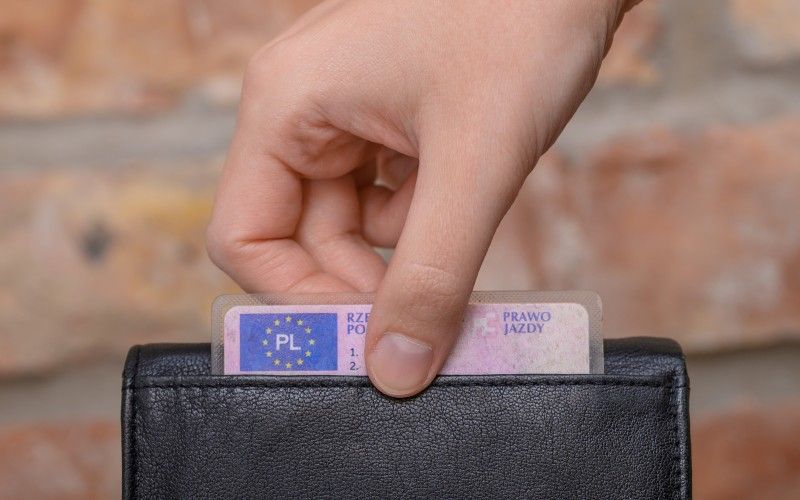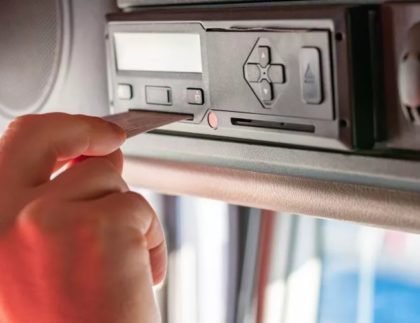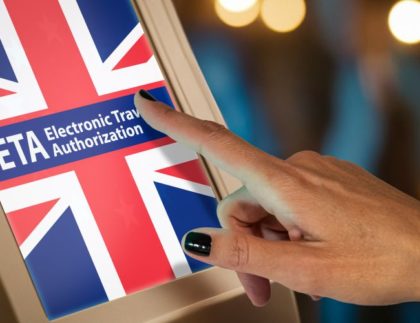

The official European Commission pages have published information that provisional agreements have been reached between the European Parliament and the EU Council on two important driving license legal drafts. Both initiatives have a significant impact on drivers in all Member States.
Mutual recognition of driving disqualifications in the EU
The first draft concerns the introduction of the principle of mutual recognition of driving disqualifications. This means that if a driver loses their driving license in one EU country – e.g. in Germany for serious traffic offenses – they will not be able to continue driving in another Member State, e.g. in Poland.
Until now, the lack of mutual recognition of such decisions has allowed drivers to avoid the disqualifications and pose a real danger to other road users. The new regulations are designed to prevent this practice and improve road safety throughout the Union.
Digital driving licenses and changes concerning young drivers
The second agreement concerns a comprehensive modernization of the EU’s driving license regulations. At the center of the changes is the digital driving license, which is expected to be the first of its kind in the entire EU. But that’s not all. The proposed changes include:
Digital driving license across the EU
One of the key elements of the new Directive is the introduction of digital driving licenses – available on cell phones and other devices. These documents will be part of the European Digital Identity Wallet, which will make it easier to renew or replace them, e.g. when moving to another EU country. Traditional, physical versions will remain available upon request.
- 17-year-olds behind the wheel – but under adult supervision
The changes include the introduction of an EU-wide accompanied driving system for 17-year-olds. Member States will be able to extend the program to young truck drivers as well – provided certain criteria are met. This is expected to increase safety and help attract young people to become professional drivers.
- Probationary period and stricter rules for young drivers
Young drivers will have to face a probationary period of at least two years, during which they will be subject to stricter rules. This is in response to alarming statistics – as many as 40% of fatal road accidents in the EU involve people under the age of 30.
- No more ignoring health – drivers under the magnifying glass
The new regulations call for a more systematic check of physical and mental fitness to drive. Every driver will have to undergo a health self-assessment when issuing or renewing a driving license – or meet other nationally established requirements.
- Better protection for road users
The new requirements in theoretical and practical tests are designed to make drivers more aware of the presence of pedestrians, cyclists, scooter users, etc. The goal is to increase the safety of the most vulnerable road users.
- Driving license for alternatively-fueled vehicles with a maximum weight up to 4.25 tons – with just category B
In an effort to develop low-carbon mobility, the Directive allows alternatively-powered vehicles (e.g. electric ones) with a maximum weight up to 4.25 tons to be driven with a category B driving license. This is a response to the increased weight of such vehicles due to, among other things, the weight of their batteries.
- Facilitations for drivers from third countries
The rules for recognizing driving licenses issued in third countries will also change – they will be recognized throughout the EU, as long as the country meets the relevant road safety standards. The Commission and Member States will jointly determine which countries will be on the list.
- New opportunities for EU citizens
EU citizens will be able to obtain a driving license in their home country, even if they live in another country that does not offer exams in their language. This applies to obtaining the first category B driving license.
When will the changes take effect?
The Directives are to be formally adopted by the Parliament and the Council and then published in the Official Journal of the EU. They will enter into force 20 days after publication, and Member States will have four years to implement the provisions into national law.
Sources:










